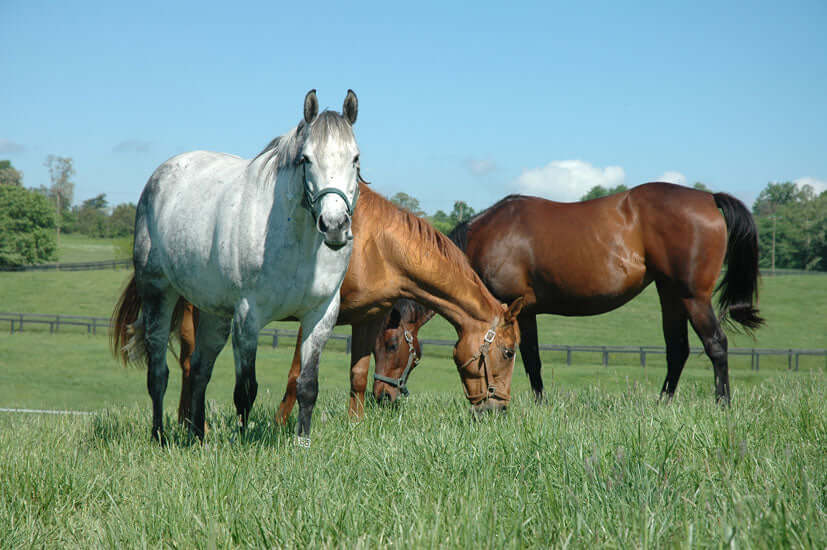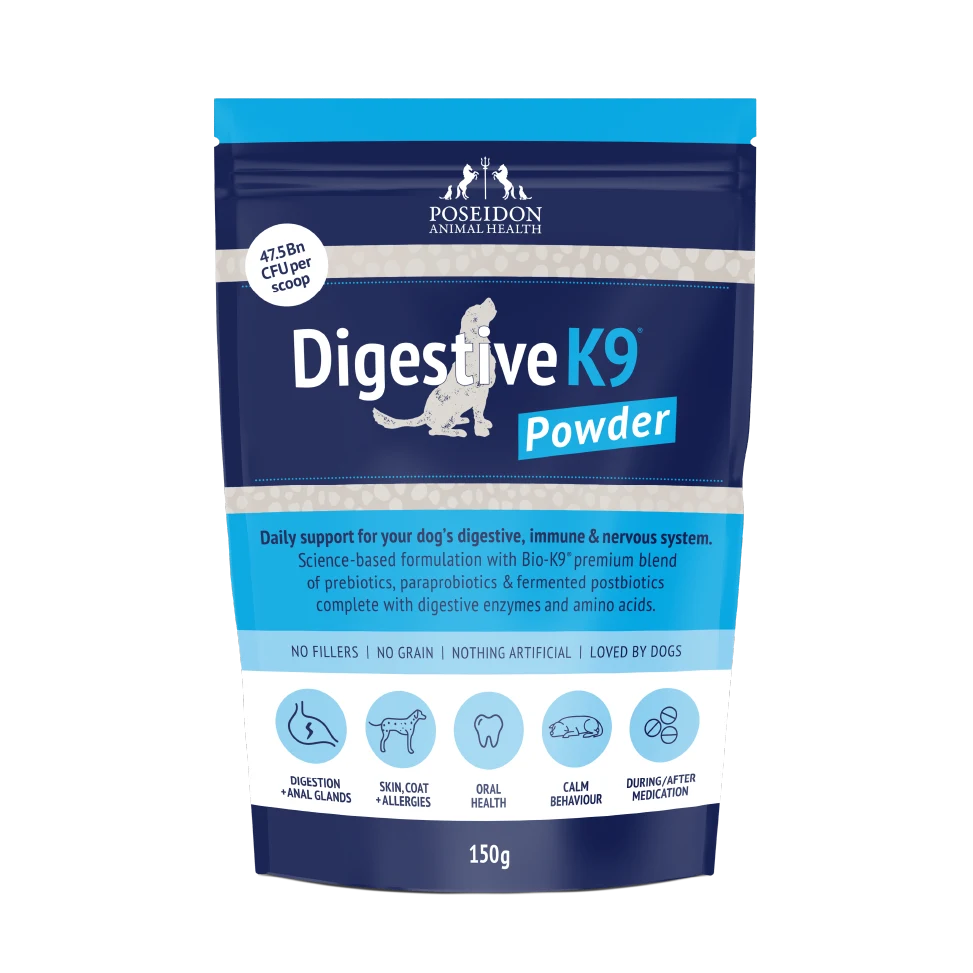
Written by: Sam Potter (BSc(Hons), MPhilVSc (Equine Nutrition))
If you answered YES, here might be why!
In most of southern Australia currently, grass is starting to recover from a wet winter or drought depending on where you’re located. Some horse owners may have noticed a negative change in their horse’s behaviour which coincide with this time. There is likely to be several factors contributing to these changes in behaviour but let’s talk about how spring grass may be linked with your horse’s gut health.
Stay with us while we provide some background information. Grass species commonly found in southern Australia such as annual ryegrass, perennial ryegrass, cocksfoot, phalaris, fescue, Yorkshire fog and prairie grass, produce sugars though the process of photosynthesis. Just like human’s store fat as energy reserves, these grasses store non structural carbohydrates called ‘fructans’ as their energy reserve, with the majority stored in the lower few centimeters of the plant. The grass plant uses these reserves to survive in times of hardship eg. over winter, in drought etc. These energy reserves allow plants to recover quickly when conditions become more favourable eg. warmer weather or after rain. With many horse pastures being overgrazed (less than 2.5cm in height), many horses are consuming the plants energy reserve which can have a high proportion of fructans.

The problem with fructans is that the majority of these non structural carbohydrates can’t be digested by the horse because they lack the enzymes to do so. So, what happens to the fructans is that they pass undigested into the hindgut and undergo rapid fermentation by the bacteria living there.
Unfortunately, as a by-product of this process, lactic acid is produced and if in large enough amounts it can cause the hindgut to become acidic. Other bacteria which also populate the hindgut are killed by the acidity and release toxins into the hindgut. A clear sign that your horse’s hindgut is acidic can be runny, acidic smelling manure. If you don’t fancy going around smelling manure, you can also test pH with a soil pH indicator test kit – normal pH is around 7.
So, how does the spring grass relate to my horse’s behaviour?
Recent studies in humans have shown changes in gut bacteria are able to induce alterations of behaviour and mood status. So, we can start to imagine that gut health is playing a large role in how our horses behave. Therefore, minimising the impact fructans are having on our horse’s gut health should be of benefit in managing behaviour.

If you think your horse may be affected hindgut acidosis due to high consumption of fructans, removal from pasture is recommended. You should replace pasture intake with a source of low sugar and starch hay, at a minimum of 1.5% of your horse’s body weight. High starch and sugar feeds should be avoided to allow re-establishment of the ‘good’ fibre fermenting bacteria. The addition of Digestive EQ will also support re-establishment of good bacteria and promote any repair to damage of the hindgut mucosa which may have been caused by the acidic conditions.
So, if your horse has an uncharacteristic change of behaviour which coincides with the spring flush – fructans may be the answer. Minimise the impact fructans are having on your horse’s hindgut by restricting pasture intake during this period and supply good quality low sugar and starch forage as an alternative.
The addition of Digestive EQ will help support the good bacteria and may limited the impact of the pH shifts during this time when fructan content in your horse’s pasture is high.






















